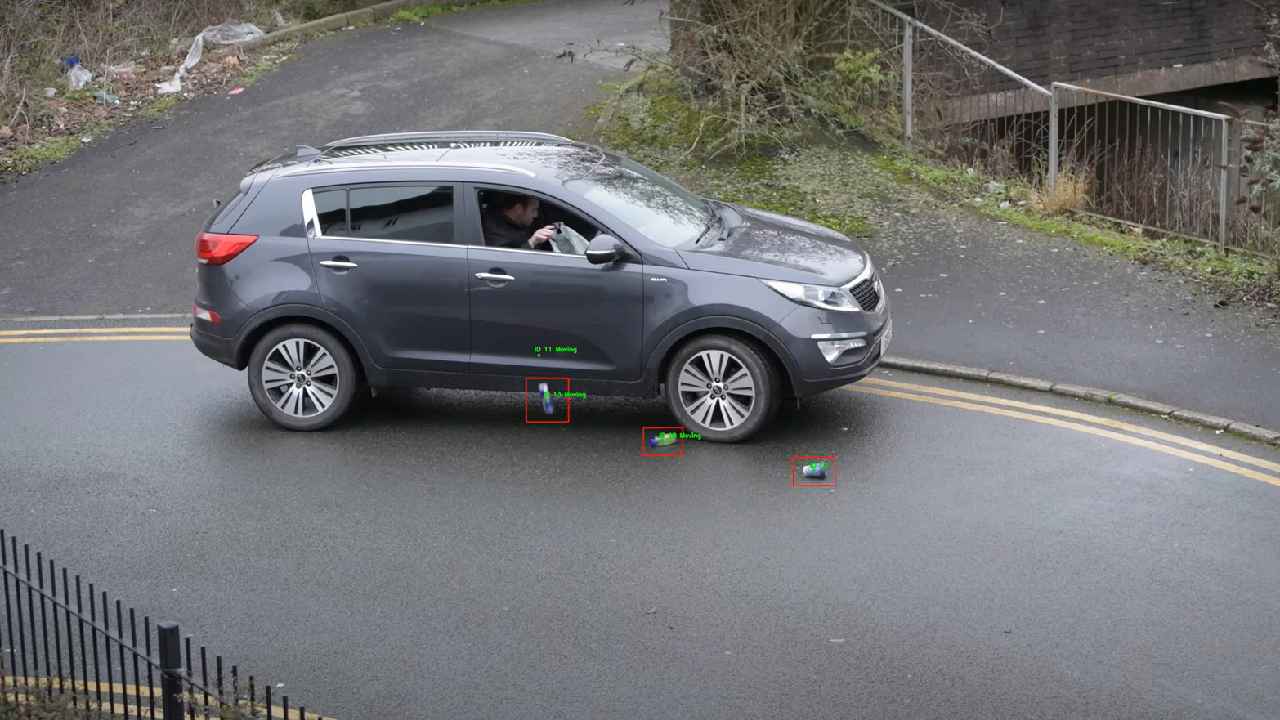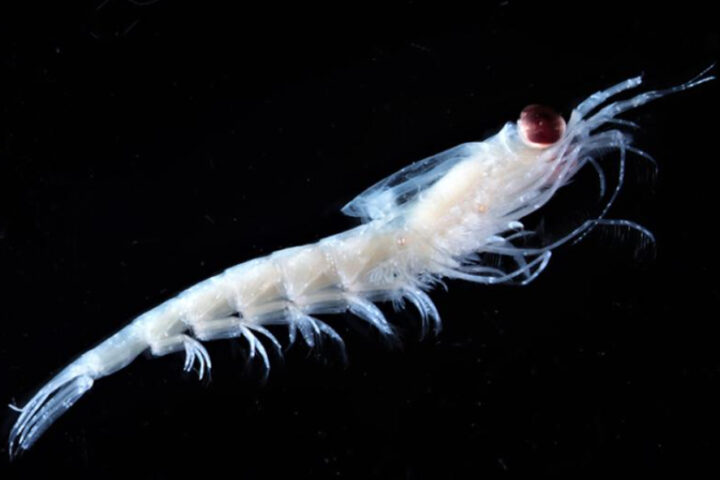The United Kingdom is making a significant advancement in the fight against the increasing amount of litter on its highways by implementing cameras equipped with artificial intelligence (AI). These cutting-edge gadgets are meant to track down and punish people who throw out rubbish from their cars—a habit that has historically been hard to enforce. This action by the British government deviates from the more popular discourse on the possible dangers AI might bring to humans and instead emphasizes an innovative use of technology to address a public issue.
Littering is a widespread problem that costs English municipalities more than £800 million a year to clean up. This is partly because it may be hard to catch offenders in the act. Using labor-intensive and ineffective traditional techniques, police enforcement or council employees had to go through hours of CCTV footage. The advent of artificial intelligence (AI) cameras, which can identify instances of trash instantly, signifies a substantial change towards more effective and preemptive enforcement strategies.
As part of a project by National Highways and a division of East Hampshire County Council, a pilot test of these AI cameras will be carried out in South East England. This strategy comes after the Clean Up Britain Campaign threatened to sue the government for its handling of the litter issue. The campaign’s website lists its complaints, which include inadequate surveillance of National Highways’ operations by the Department of Transport and a lack of collaboration across various governmental levels.
When Littercam, an AI system, was initially tested in Loughborough, it was observed that there was a noticeable 37% decrease in littering on Warwick Way. 28 penalties were imposed throughout the course of the 12-week study, indicating the technology’s ability to discourage littering. Nevertheless, there was no immediate intention to permanently install Littercam devices, allowing opportunity for future concerns, despite the trial’s success.
Since drink containers and cigarette butts make up a sizable amount of roadside trash, Littercam is designed to identify typical litter kinds. In order to ensure that penalties can be appropriately imposed on violators, the technology functions in conjunction with automated number plate recognition. The co-founder of Littercam, Andrew Kemp, pointed out that a major problem this technology method tackles is that a lot of individuals litter because they think they won’t get caught. It is intended that the frequency of littering would decline by giving local authorities a way to more successfully enforce littering rules.
Similar Posts
There are difficulties and disagreements associated with using AI in this situation. Privacy, the accuracy of AI in recognizing crimes, and the consequences of automating law enforcement procedures have all been questioned. These problems show how carefully AI technology should be implemented and supervised in public areas.
The U.K. government has responded to the litter problem by raising the maximum punishment for littering to £500 and implementing a number of measures, such as the creation of the Chewing Gum Task Force and the prohibition on some single-use plastics. These actions, coupled with the installation of AI cameras, are a part of a larger initiative to combat the negative effects that littering has on the environment and aesthetics.
Litter not only lessens the environment’s natural beauty but also puts animals at serious risk and adds to the larger problem of plastic contamination in the world’s oceans. Research has indicated that more than two million small animals perish annually as a result of becoming entangled in abandoned containers, and a sizable amount of plastic found in the ocean comes from land-based sources.


















